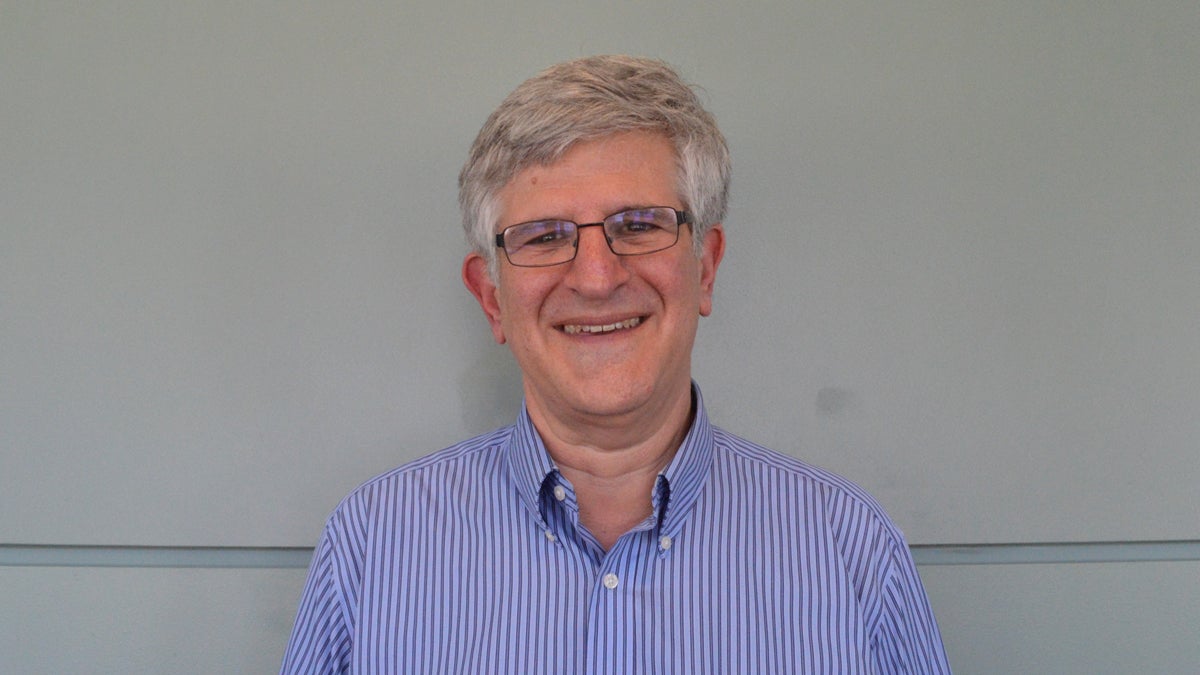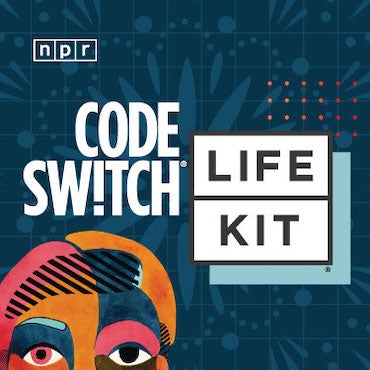When doctors become detectives in situations of uncertainty
Listen
Paul Offit heads the division of infectious diseases at the Children's Hospital of Philadelphia. (Paige Pfleger/WHYY)
What do horses and zebras have to do with making patient care decisions?
In the practice of medicine, one of the greatest challenges is the process of piecing together a clinical picture to achieve a diagnosis.
During this process, physicians have to weigh many possibilities, and they have to balance the odds of the patient having a very rare condition, as opposed to something more common.
“As a medical student from day one, you are taught that if you hear hoofbeats, you should think horses because horses are far more common than zebras. You are taught not to think instantly of zebras,” said Paul Offit, who heads the division of infectious diseases at the Children’s Hospital of Philadelphia.
Where he works changes the horse to zebra ratio significantly. His patients have usually already been seen by other physicians, and many are dealing with serious medical issues. So, in his life, zebras are common.
“So when we, for example, see somebody with a sore throat, we think of an unusual disease called Lemierre’s Disease, which is a thrombophlebitis,” he explained. “It’s an infection of a vein in the neck, that ultimately causes bacteria to invade the lung. This is a very unusual disease and we see it frankly all the time.”
He says making a diagnosis – balancing common causes, rare diseases, all the different options before him, requires sleuthing. “It’s often like being a detective, and that’s the fun part.”
The clues, of course, come from the patient.
“You have this set of signs and symptoms, and you come up with what you think it is,” Offit says. “And you see whether or not you’re right.”
But in the complicated cases, which are common at tertiary care centers like the Children’s Hospital of Philadelphia, the diagnosis can be elusive.
“You have to keep tearing it down to what are the hard findings that you have?” Offit says. “It’s there, there will be an answer there… you just have to keep working.”
Where do doctors turn when they are stuck on a case?
“Our equivalent of Googling online is Googling online,” Offit admits. “Which is what we do.”
He says that doctors also often reach out to colleagues who may have expertise in different fields for another perspective.
Once the list of the diagnoses that might account for the given illness is formulated, the testing begins. But Offit says diagnostic testing is not always performed in a cost-effective manner.
“In a better system, you would formulate a differential diagnosis from what you think is most likely to what is least likely, and then start with most likely and work your way down.
“What we tend to do is just include all those diagnoses in our initial round of tests because we don’t want to miss anything for any length of time. That’s a far more expensive way to do things.”
But even with aggressive diagnostic testing, doctors cannot escape the inherent uncertainty involved in the practice of medicine.
“The most difficult part about being a doctor, frankly, is the fact that, one, we don’t know everything,” Offit says. “Two, there’s always some level of uncertainty.”
“The fact of the matter is, there’s always uncertainty in what you do, and you always know to some extent you may be missing something, and that’s difficult. It’s difficult to live with uncertainty, and not just for the doctor, but obviously for the patient.”
WHYY is your source for fact-based, in-depth journalism and information. As a nonprofit organization, we rely on financial support from readers like you. Please give today.



